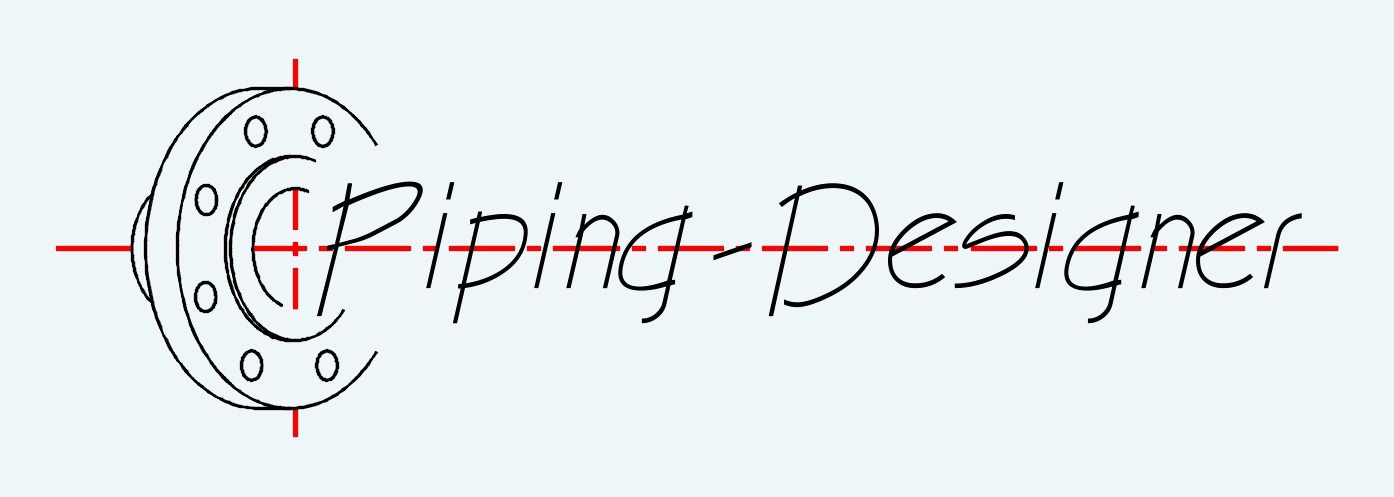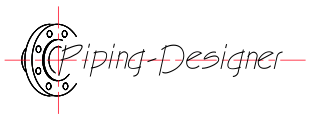Joule's Law
Joule’s law states that the amount of heat produced in a conductor due to the flow of electric current is directly proportional to the square of the current, the electrical resistance of the conductor, and the time for which the current flows. In other words, when an electric current passes through a resistive material, electrical energy is converted into heat energy. This principle explains why resistive elements such as heating coils, electric stoves, and incandescent bulbs generate heat. Joule’s Law is fundamental in understanding the heating effects of electricity and plays an important role in electrical engineering, thermodynamics, and the design of electrical appliances.

